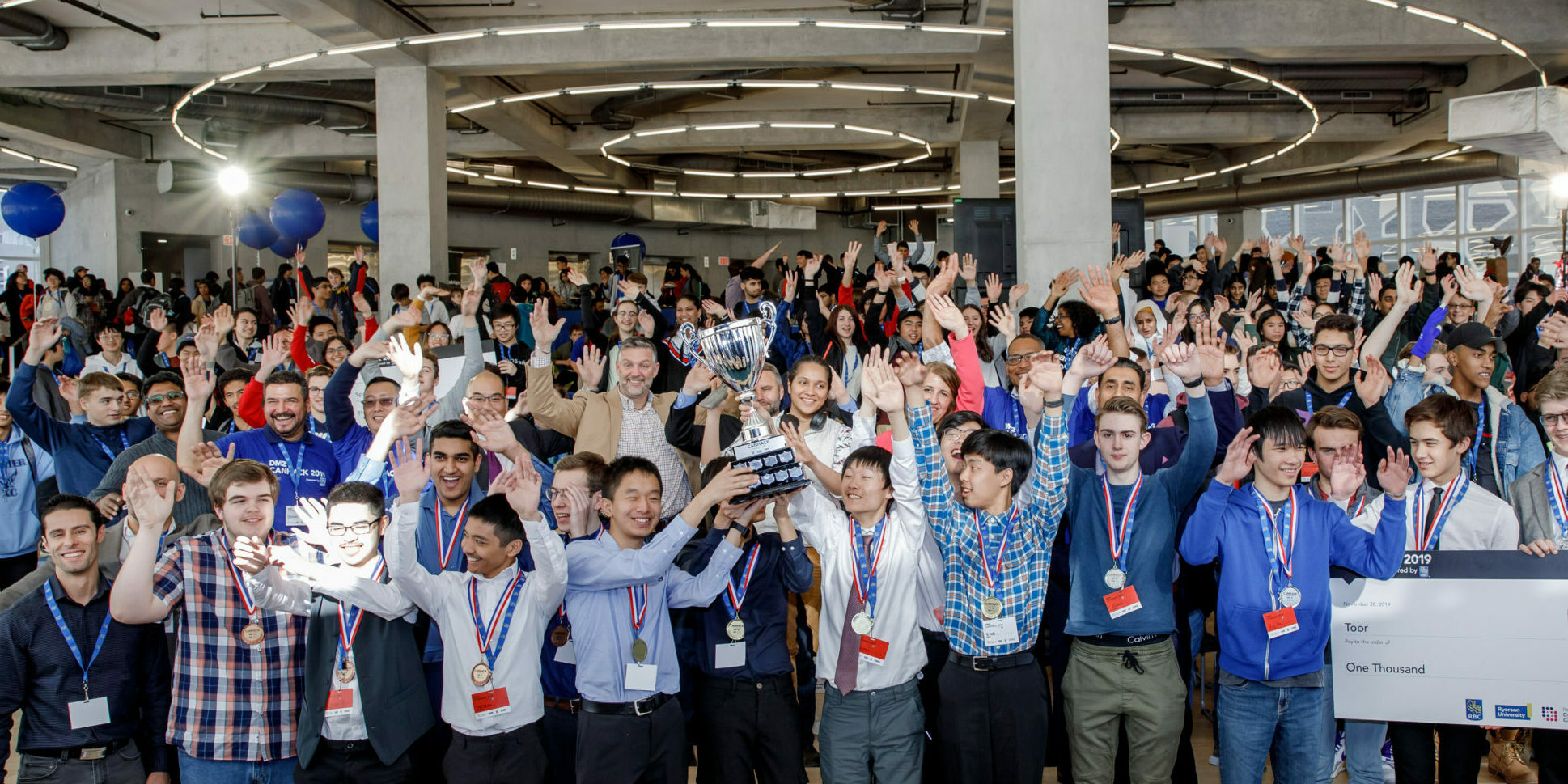 In 2018, we teamed up with the Royal Bank of Canada (RBC) to foster the next generation of cybersecurity experts by launching CanHack. A competition for high school students, we’ve created meaningful learning opportunities for students across Canada looking to sink their teeth into cybersecurity.
In 2018, we teamed up with the Royal Bank of Canada (RBC) to foster the next generation of cybersecurity experts by launching CanHack. A competition for high school students, we’ve created meaningful learning opportunities for students across Canada looking to sink their teeth into cybersecurity.
Throughout the cybersecurity challenge, students get the chance to tackle real cybersecurity challenges, learn critical computer security skills, work with experts in the field, explore an in-demand field and win cash prizes.
As we all know, cybersecurity matters more now than ever before. We leaned on technology to keep us going through the pandemic – both personally and for business – and have become increasingly vulnerable to cyber attacks as a result.
Ensuring a cybersafe future is crucial, and it starts with investing in a future workforce that understands the fundamentals of cybersecurity and privacy.

Together, the DMZ and RBC have ignited an interest in cybersecurity for high school students across Canada at a critical stage in their education. We’re committed to helping students dive deeper into the world of cybersecurity to empower the future of the cybersecurity workforce.
To mark our fourth CanHack competition, we decided to take a walk down memory lane to highlight CanHack’s achievements to date.
CanHack’s impact over the years
Since its launch 5 years ago, CanHack has already:
Thanks to RBC’s committed support, CanHack plans to reach even more students this year, helping them to dive deeper into the world of cybersecurity. Registrations for CanHack 2022 have officially launched and the competition will run from March 15th to March 29th.


 Steve Ehounou, Partner at MNP’s Assurance Services, specializes in advising other entrepreneurs on accounting, finances, tax and delivering business advisory services. His main goal is to help them optimize their financial activities to execute their business plans.
Steve Ehounou, Partner at MNP’s Assurance Services, specializes in advising other entrepreneurs on accounting, finances, tax and delivering business advisory services. His main goal is to help them optimize their financial activities to execute their business plans. Natoya Abiola, Founder of Zenwork Wellness Solutions, advises founders on customer discovery, storytelling and go-to-market strategy. She has found in her personal experience that founders often overlook the importance of these areas, but firmly believes they are crucial to any startup.
Natoya Abiola, Founder of Zenwork Wellness Solutions, advises founders on customer discovery, storytelling and go-to-market strategy. She has found in her personal experience that founders often overlook the importance of these areas, but firmly believes they are crucial to any startup. Eric In, Director of Investments at Dragonfly Ventures, specializes in technology, renewable energy, tourism and hospitality, and food e-commerce. He advises founders from early-stage to late-stage on strategy, fundraising, risks and challenges related to growth.
Eric In, Director of Investments at Dragonfly Ventures, specializes in technology, renewable energy, tourism and hospitality, and food e-commerce. He advises founders from early-stage to late-stage on strategy, fundraising, risks and challenges related to growth.
 Luma Al Adnani is the CEO and Co-Founder of
Luma Al Adnani is the CEO and Co-Founder of 





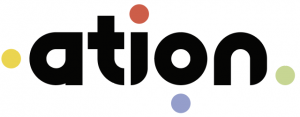









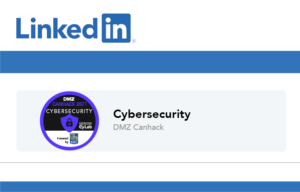

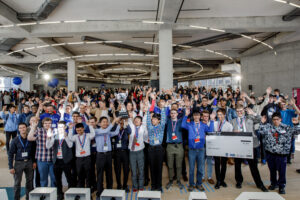
 Thankfully, organizations like
Thankfully, organizations like 
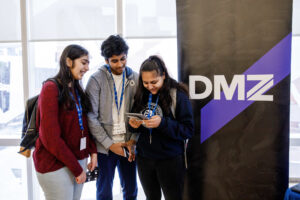


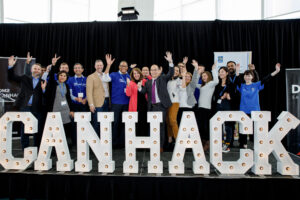 This year, for
This year, for 













